The first came in late last Sunday, after dedicated volunteers drove in sheets of rain to pick him up. Actually, his story apparently started the previous Friday, when the rain really started, as well. He was found in the middle of the road, and his finder had every intention of keeping him—had named him, made him a perch, and even made it clear she’d drive all the way to Laurens County to retrieve him “when he was ready.” Interesting, since she couldn’t drive him to Laurens County for rehab and we actually had to threaten her with DNR and FWS to even get the bird… (And that, boys and girls, is a prime example of why rehabbers are generally distrustful of callers when they show the slightest hesitation about getting a bird to us.)
This guy’s bell had been rung, well and truly. He was still, two days out, woozy and uncoordinated, but nothing appeared to be broken. He had a tendency to squint his right eye, and it looked a little bruised on the lower lid, but the eye was clear and the pupil responsive to light—and he ate a mouse right away, which was good.
We meet, in the rain, and the elderly gentlemen had put the hawk in the only cage they had handy—a very large humane (Havahart) trap. Not ideal at all. He was totally freaked out—and it takes a lot to freak out a RT; they’re generally very laid-back birds.
The barred owl was deemed in good health after vet Richie Hatcher examined him; we agreed he’d just had a major concussion going on. He was also a bit on the thin side, so a few days at the LWR B&B weren’t gonna hurt him any. I’ll be releasing him this week, weather cooperating.
The RT was well-fleshed and had calmed to the laid-back, easy to handle bird his species usually is. Unfortunately, both his radius and ulna were badly fractured, and these aren’t bones that can be pinned: they’re too thin. We had no option but to euthanize.
His humerus was broken, and it felt bad to me—nearly an open fracture. I placed him in the smallest box possible to minimize movement until I could get him to Smalley’s the next day. Upon examination of the wing, Richie agreed it was bad, almost an open fracture. We were about to x-ray when he palpated it a bit more and said, “Wait a minute, I think it is an open fracture.” Brushing aside the thick feathers covering the bone, we could finally see the end of the bone jutting out—and it looked black, like an old injury. When the bone is black it’s effectively dead; there’s no way to repair that sort of damage. We had to euthanize this barred owl.
We agreed to meet in the parking lot of a local restaurant in an hour or so, and when I got there the goose was quite active in his box. On the way home he managed to work his head free and was peering around the back of my station wagon, so I really thought he had a good chance at rehab and release. I’d not examined him at this point, as it was cold and windy in the parking lot.
When I got him home and examined him, I found that for all his feistiness, he was unfixable. His right leg was broken in the joint; his right wing was broken, with a large chunk of flesh and bone missing; his keel was raw; and his upper belly, just below the keel, had two large open wounds that were already beginning to fester—all wounds consistent with being hit by a car during the previous several days of rain. I had the means at my disposal to humanely end his pain, so I did.
Some of you are probably already tired of seeing the calendars and the AmazonSmile program promoted, but let me give you two very recent examples of the costs LWR incurs, especially when rehabbing raptors. You should all remember the barred owl whose broken wing was pinned, right? Well, it took 4 medium-to-large mice a day to feed him. Four mice a day for two months comes to $200—for ONE bird.
Need another example? The GHO released the week before Thanksgiving was at LWR for just over two weeks. GHOs are bottomless pits. He ate 8 jumbo mice a day. His total feed bill for 16 days? $120.
And finally, local folks please remember that LWR needs volunteers to help with flight pen renovation and construction. Thus far, one person has volunteered the services of her family.
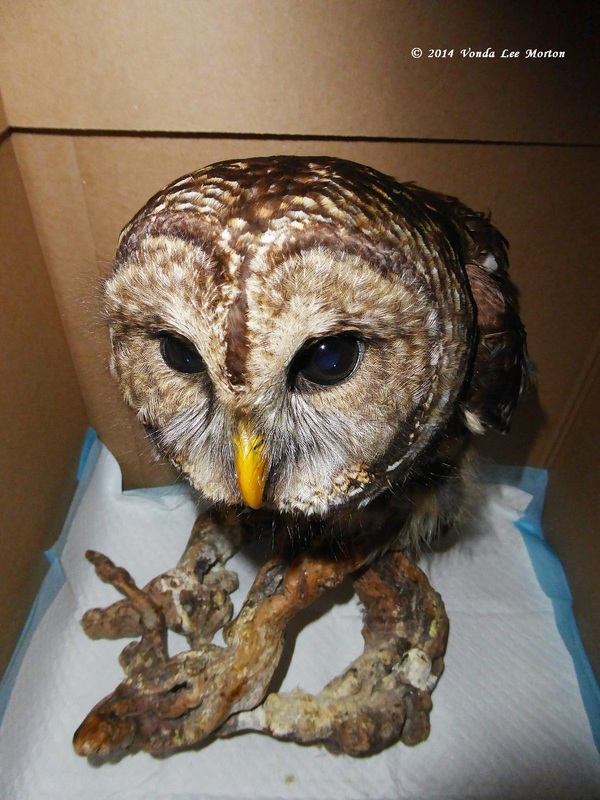
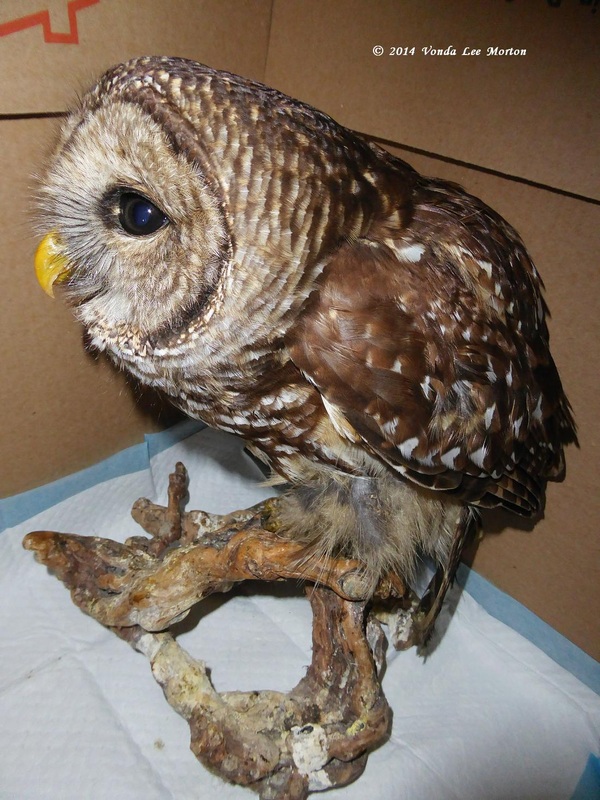
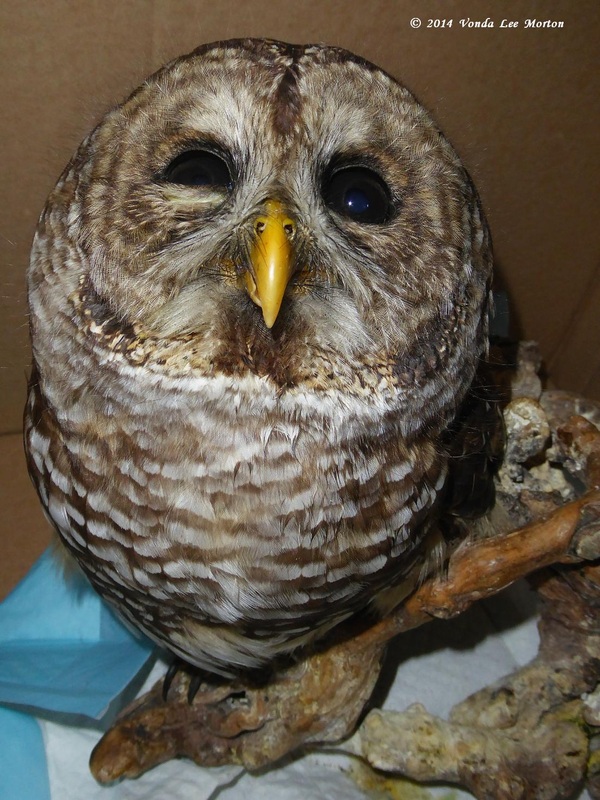
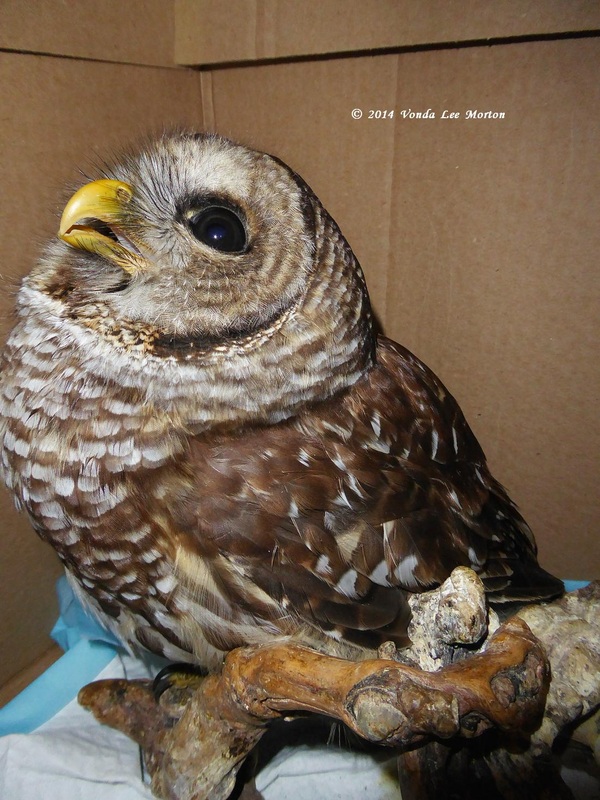
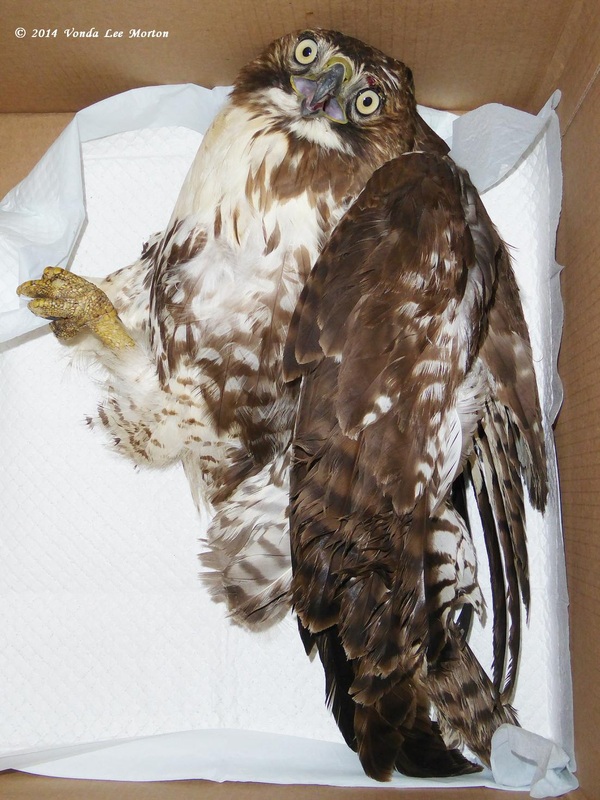
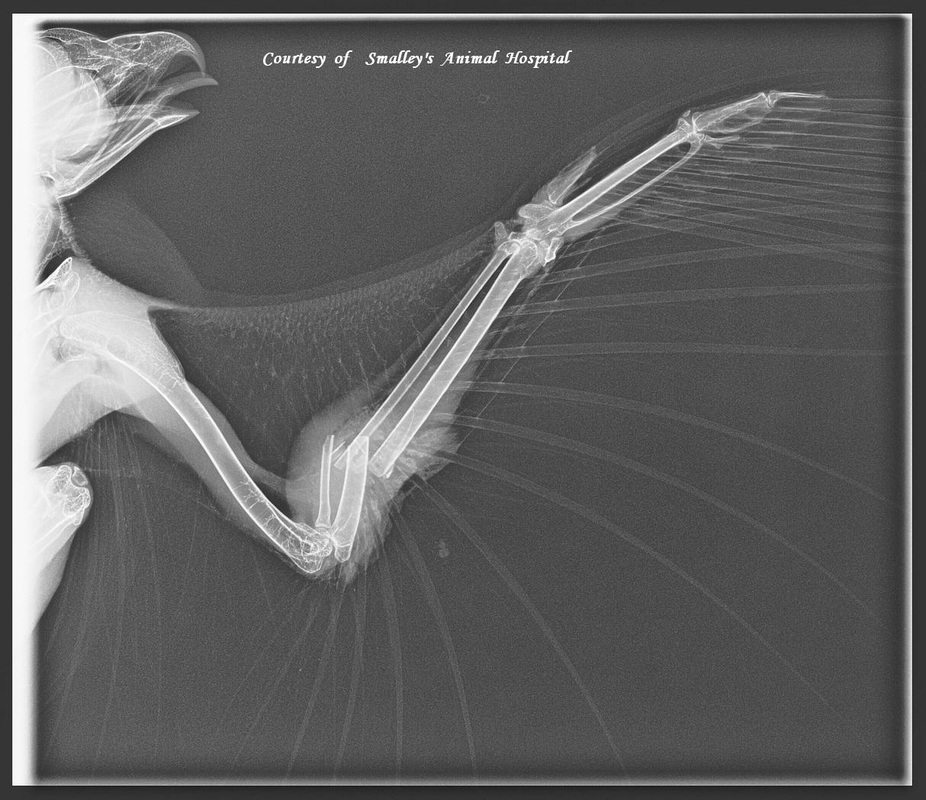
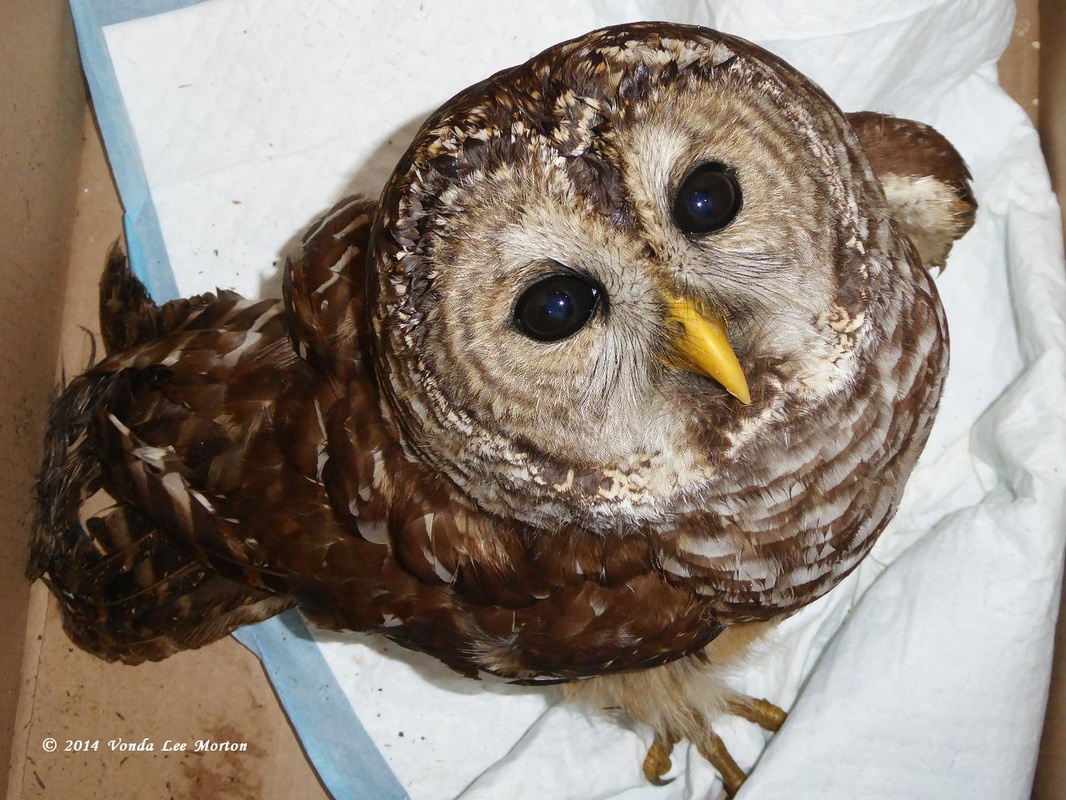
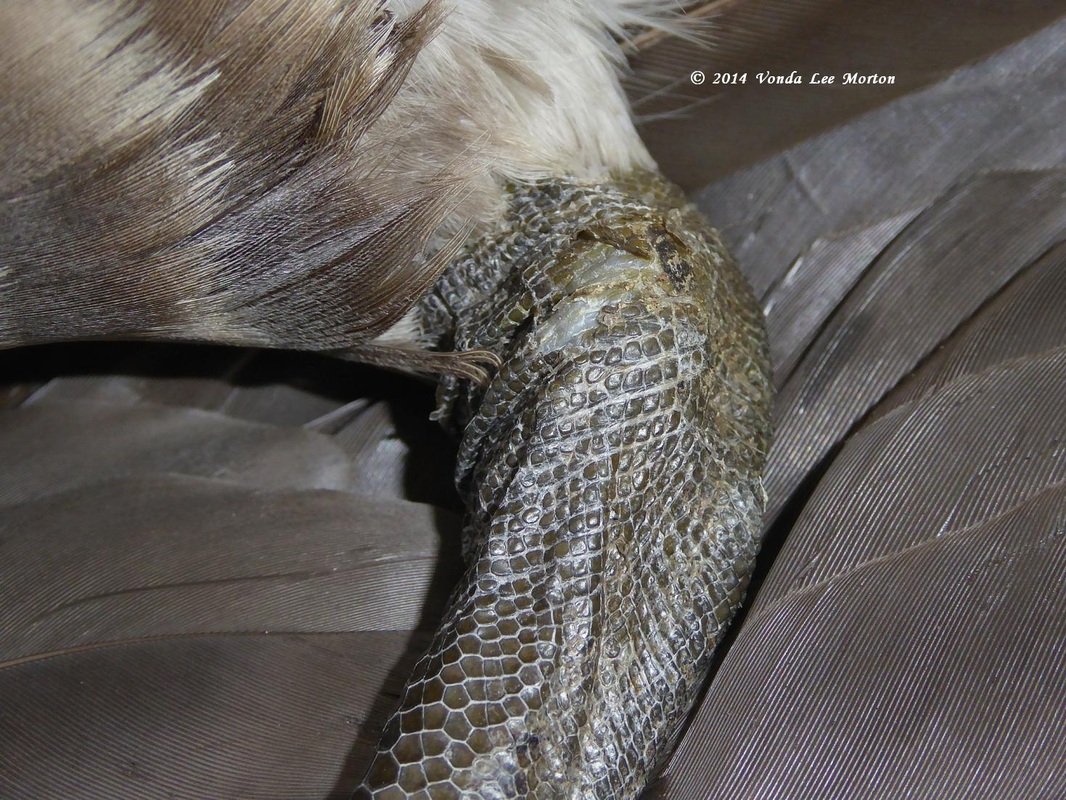
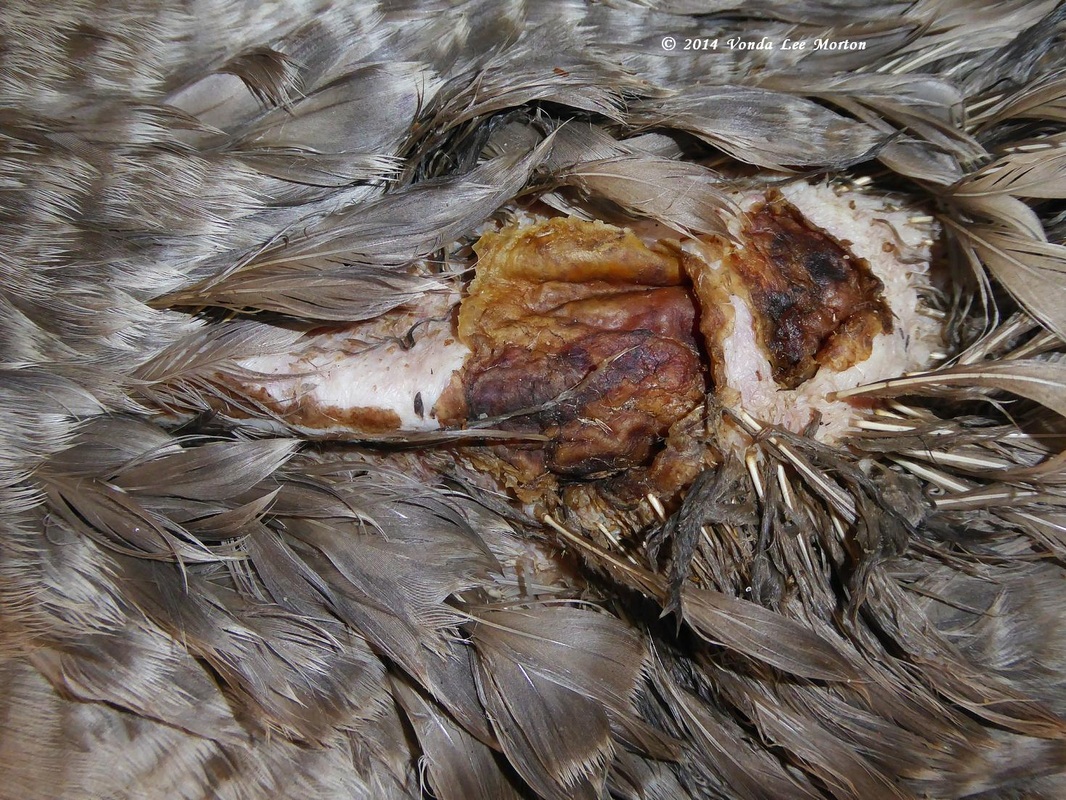
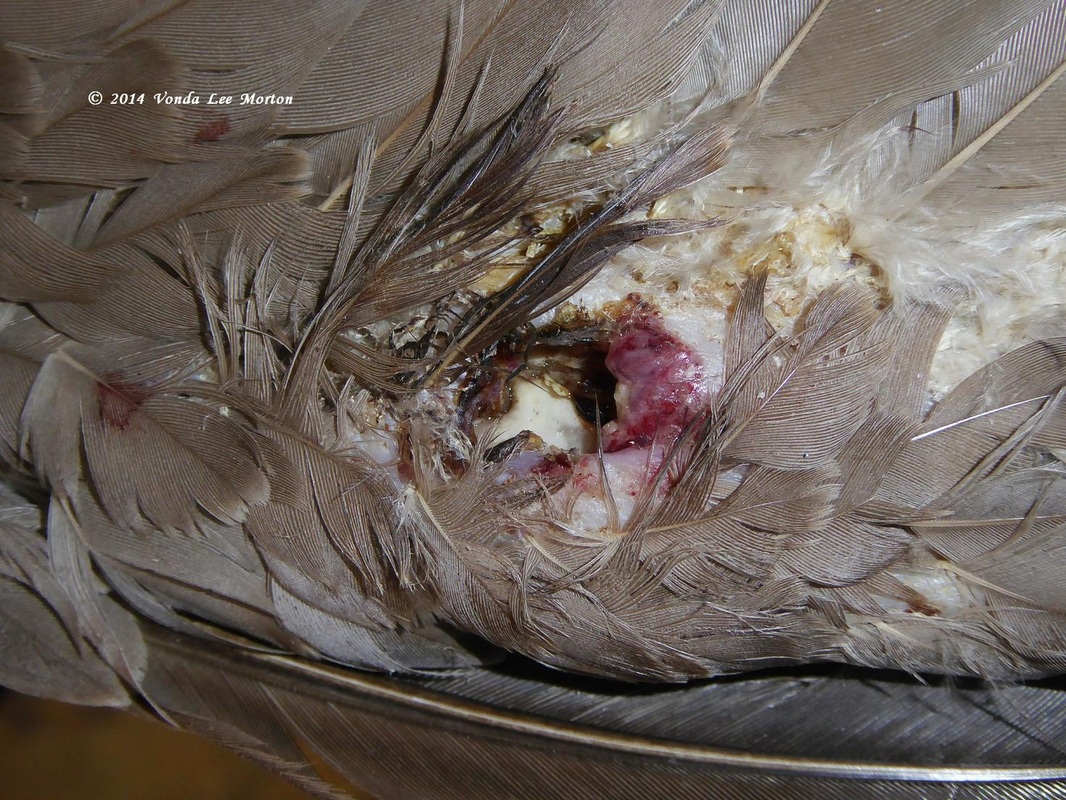
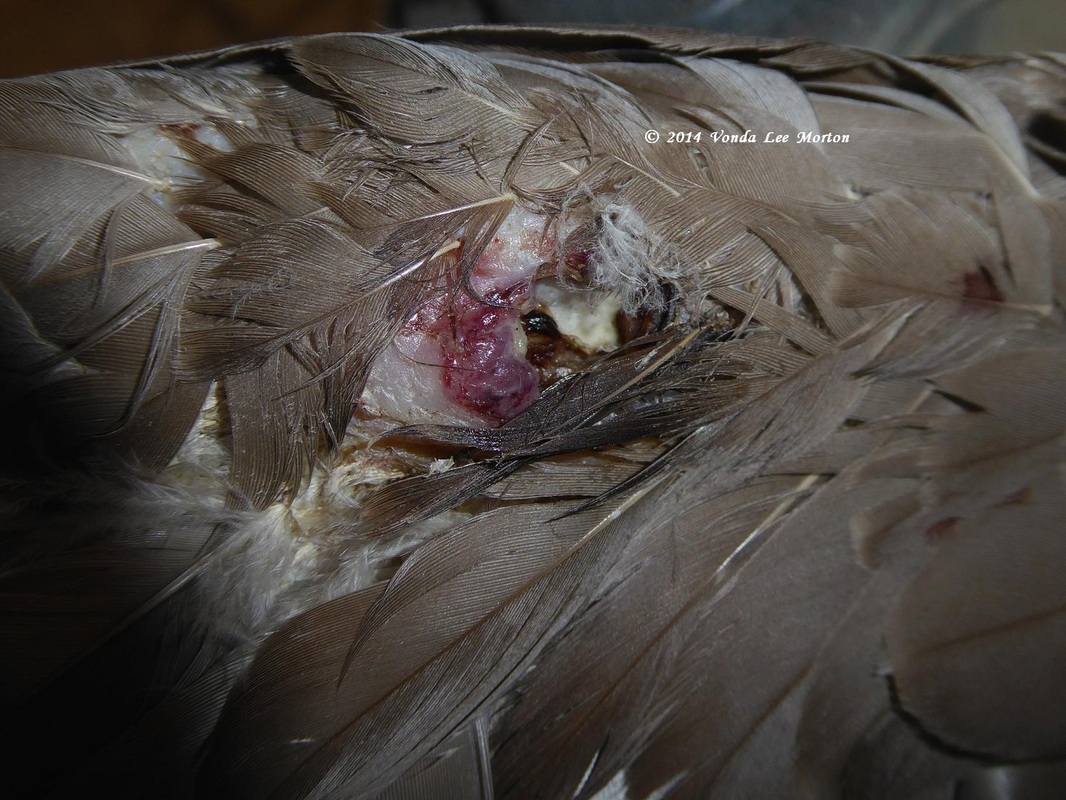
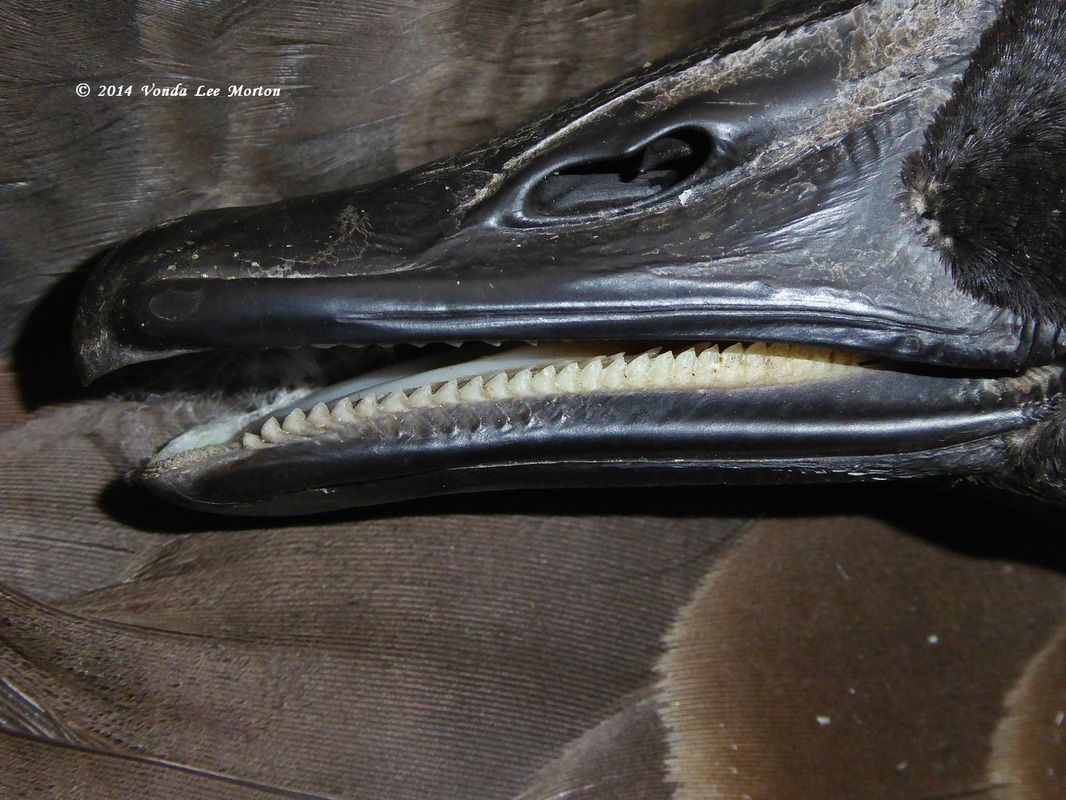

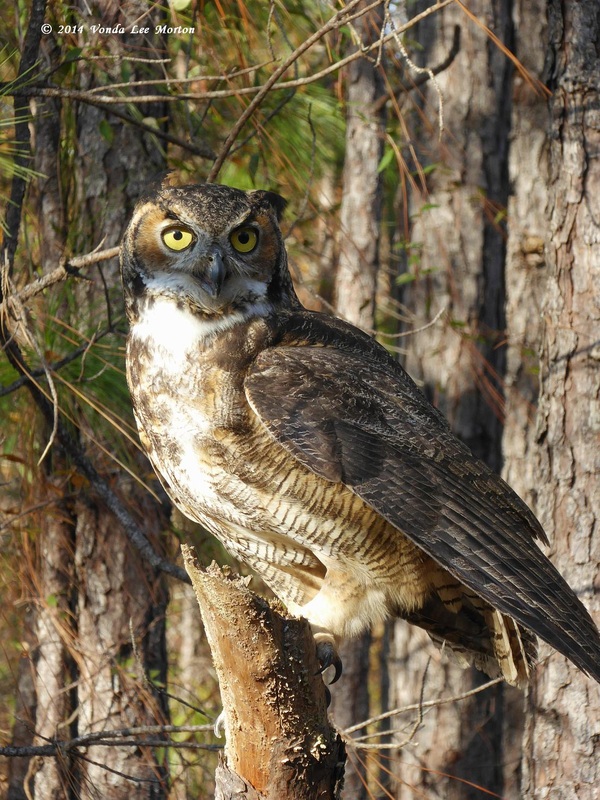
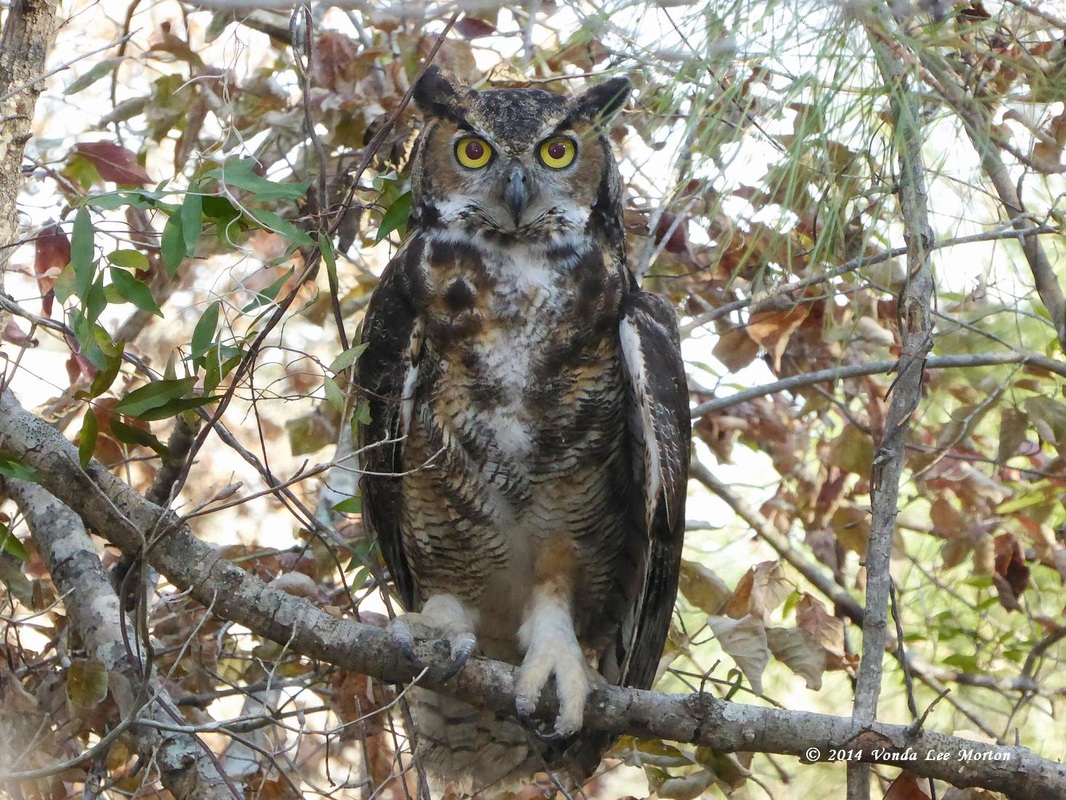
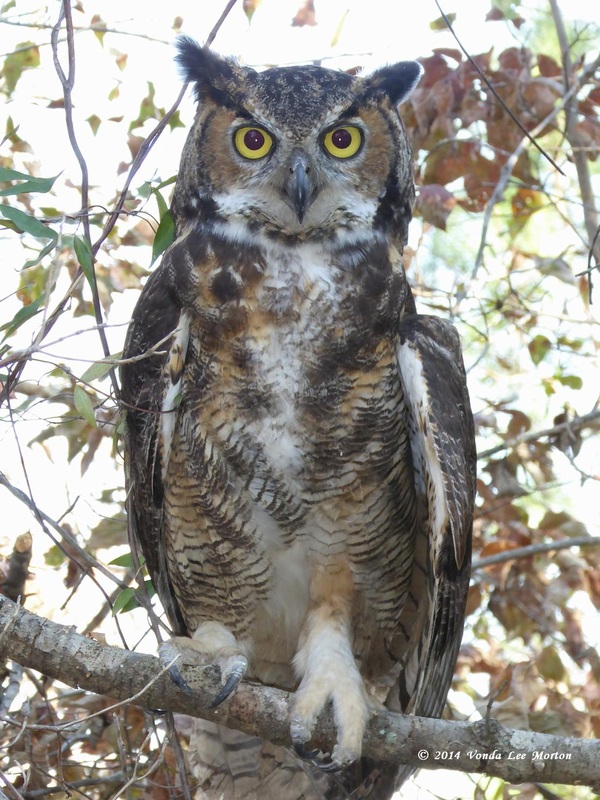
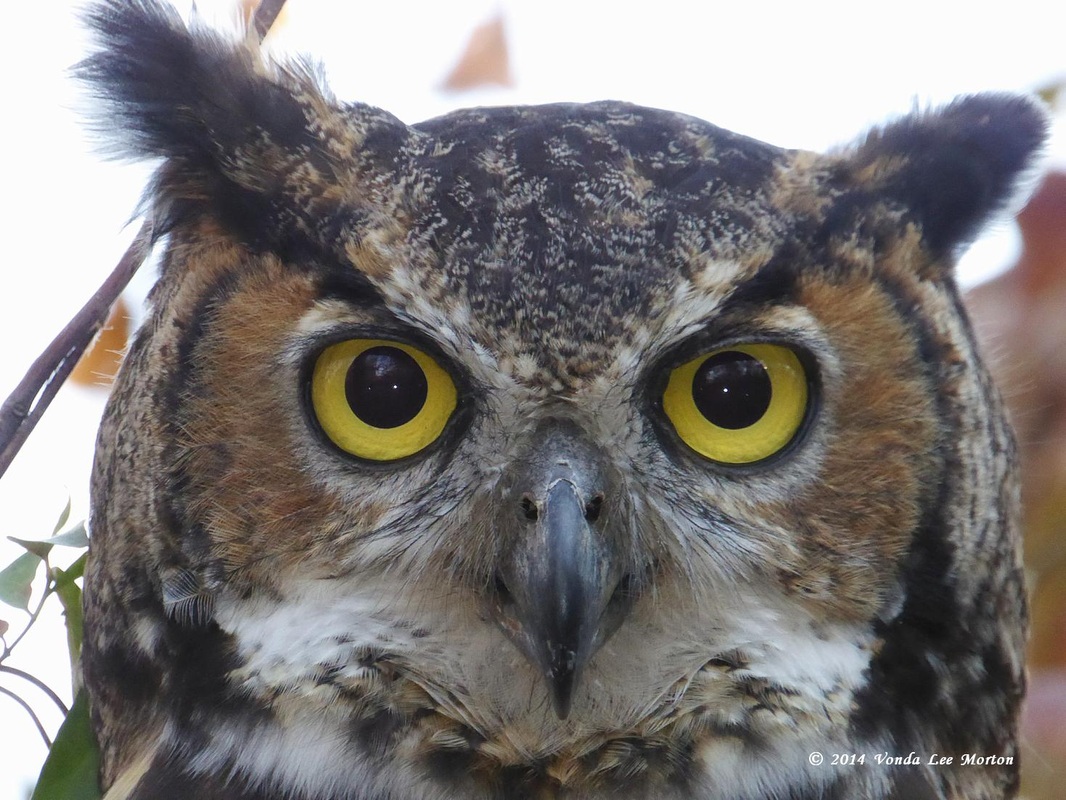
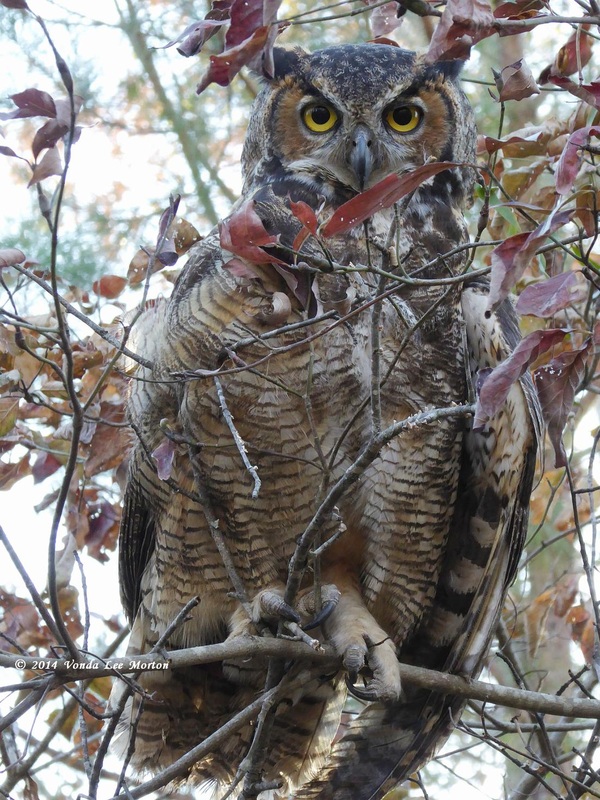



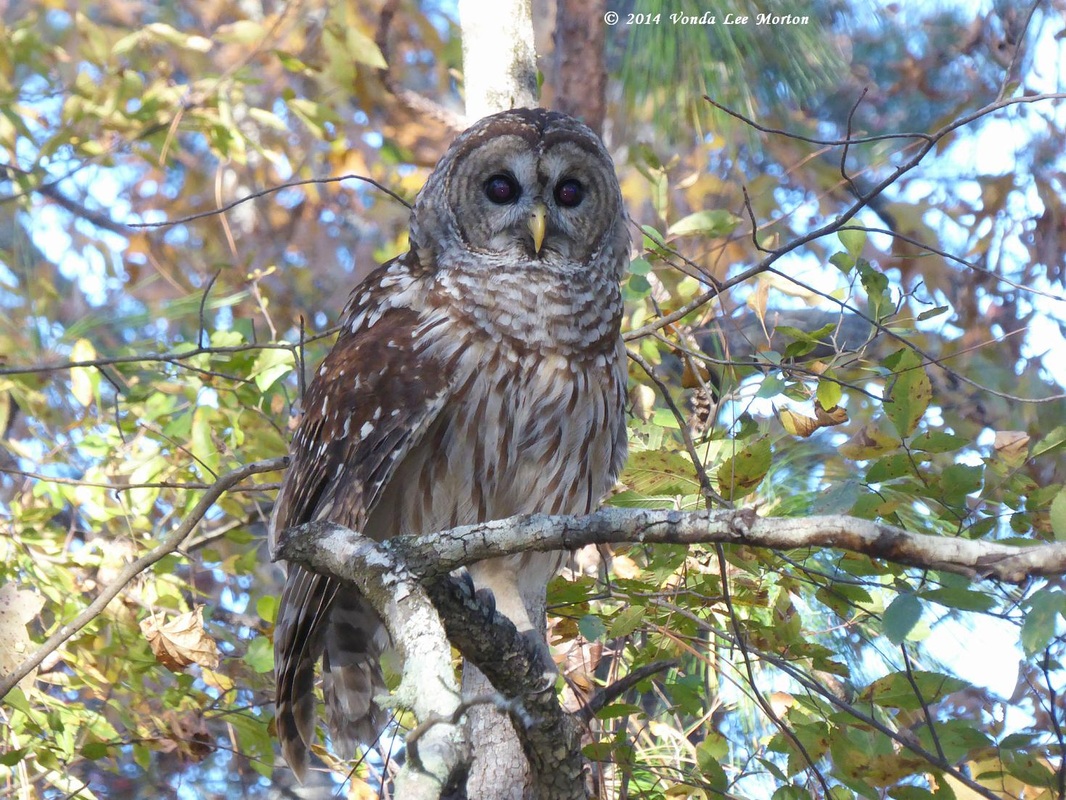
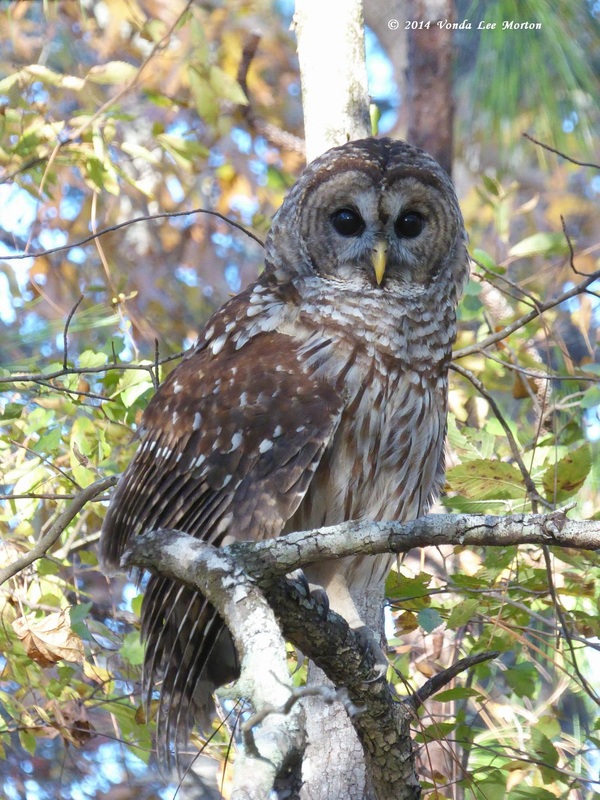
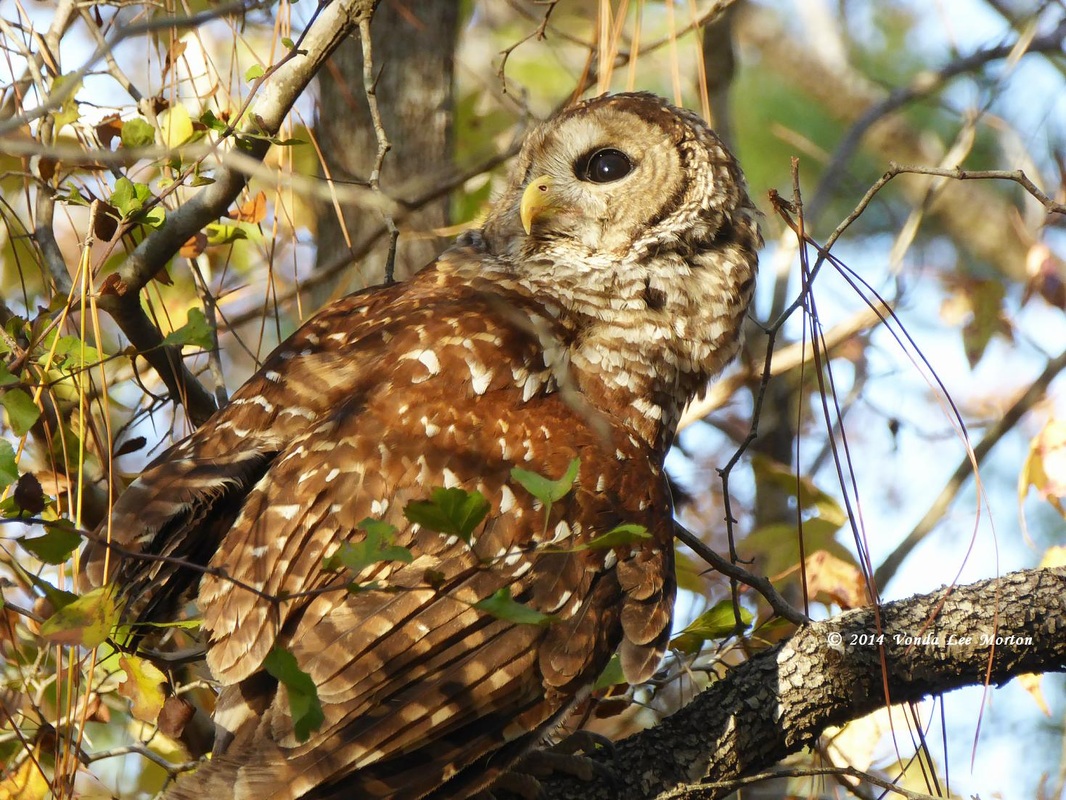
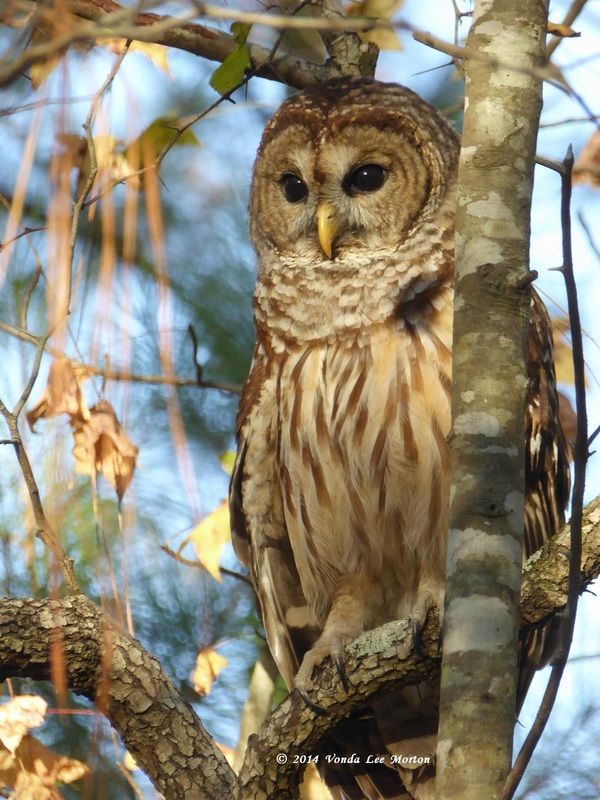
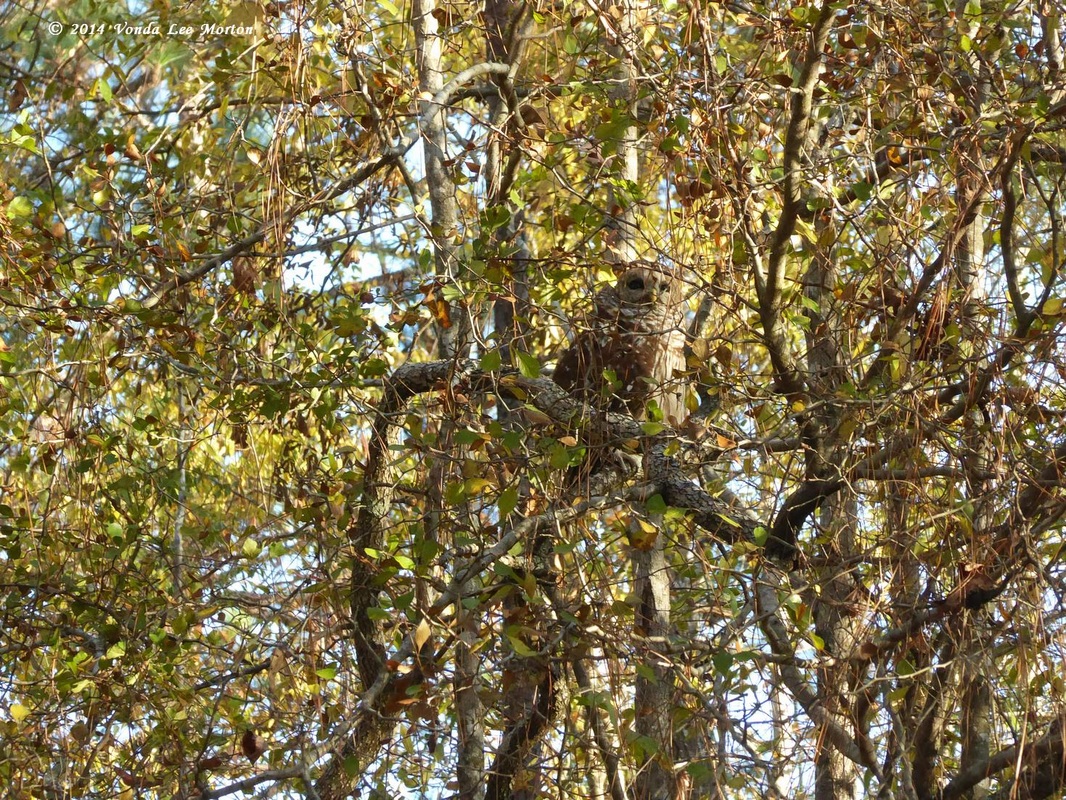
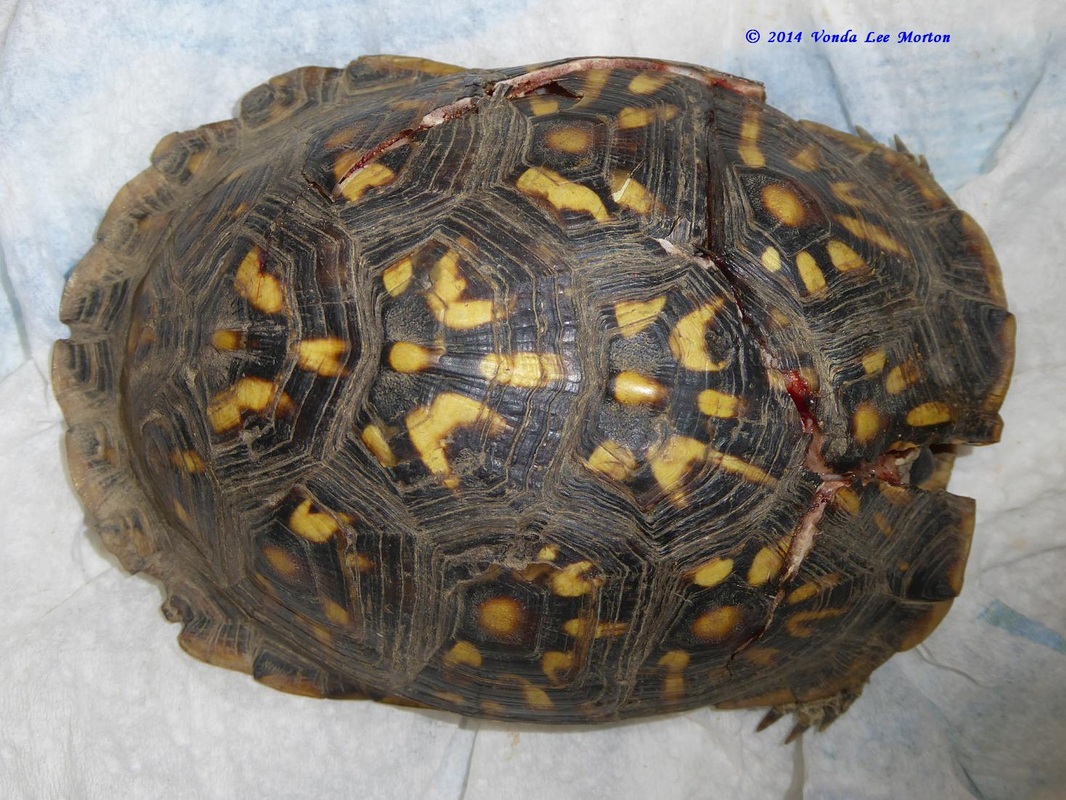
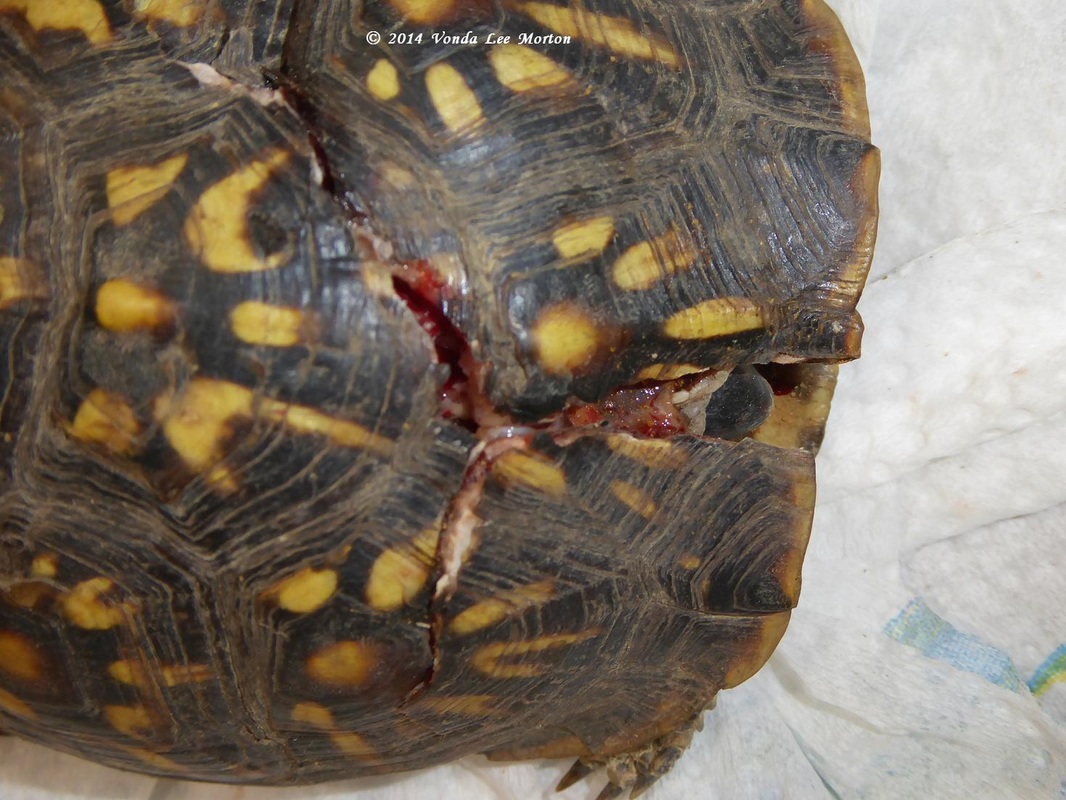
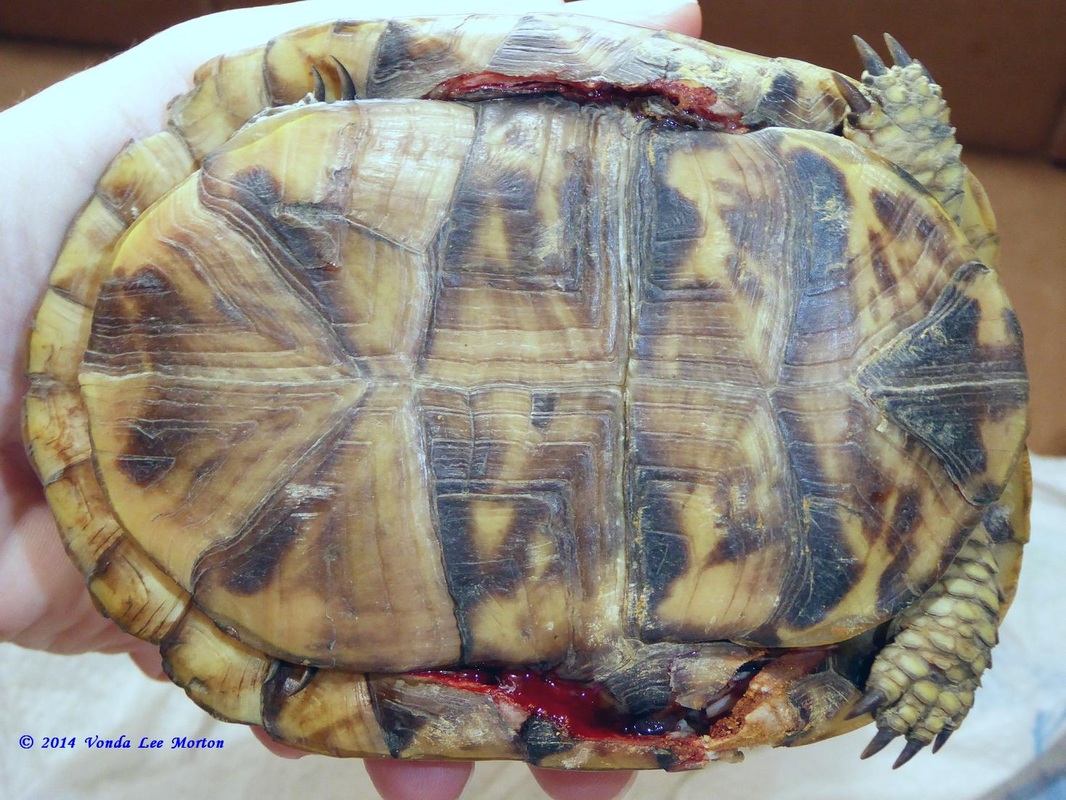
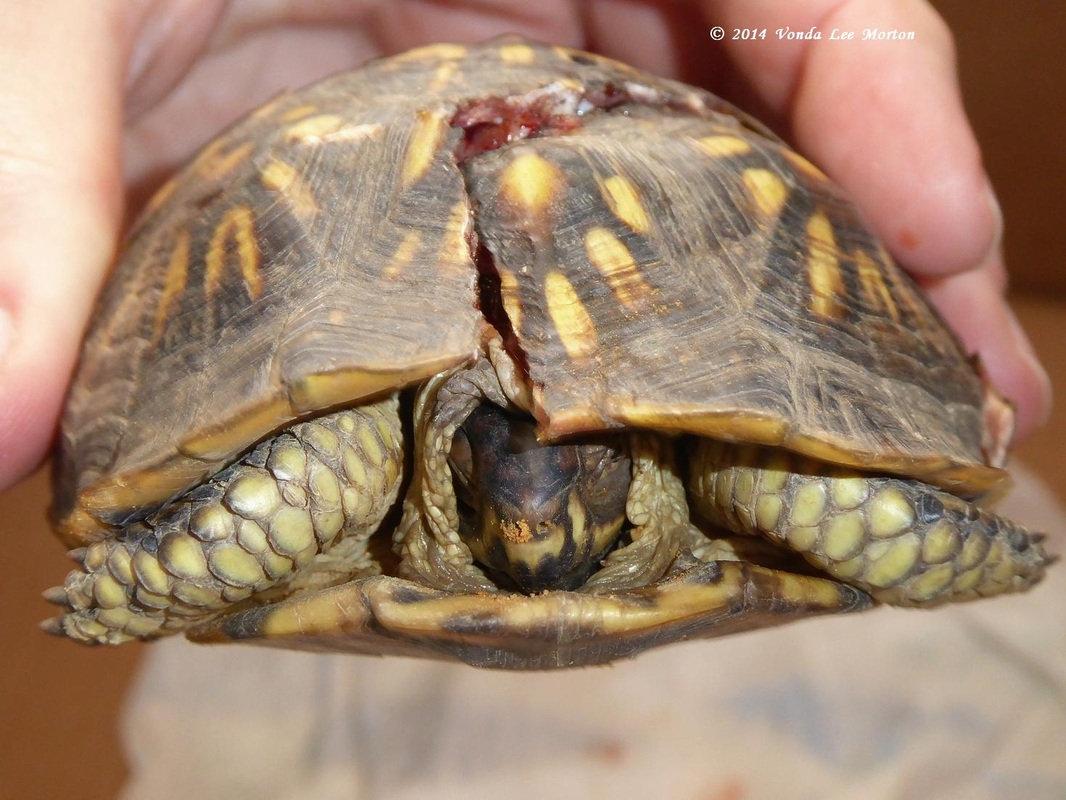
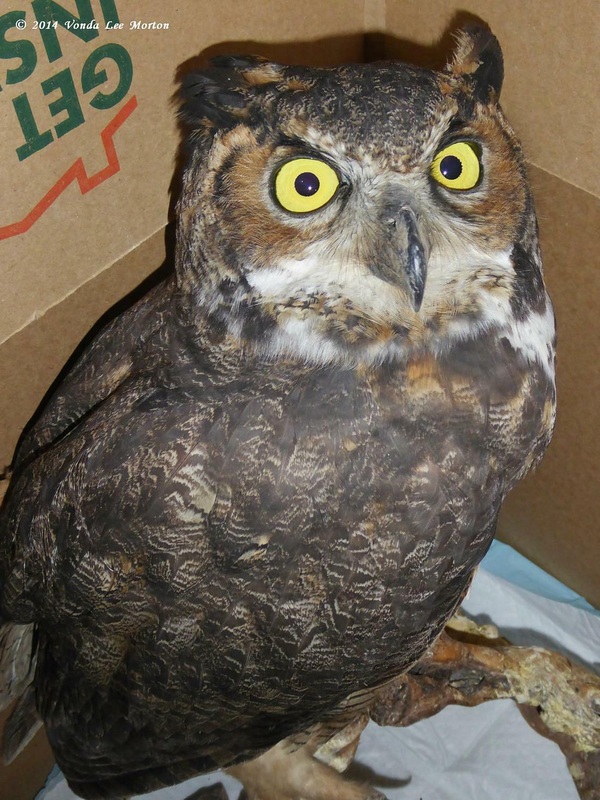
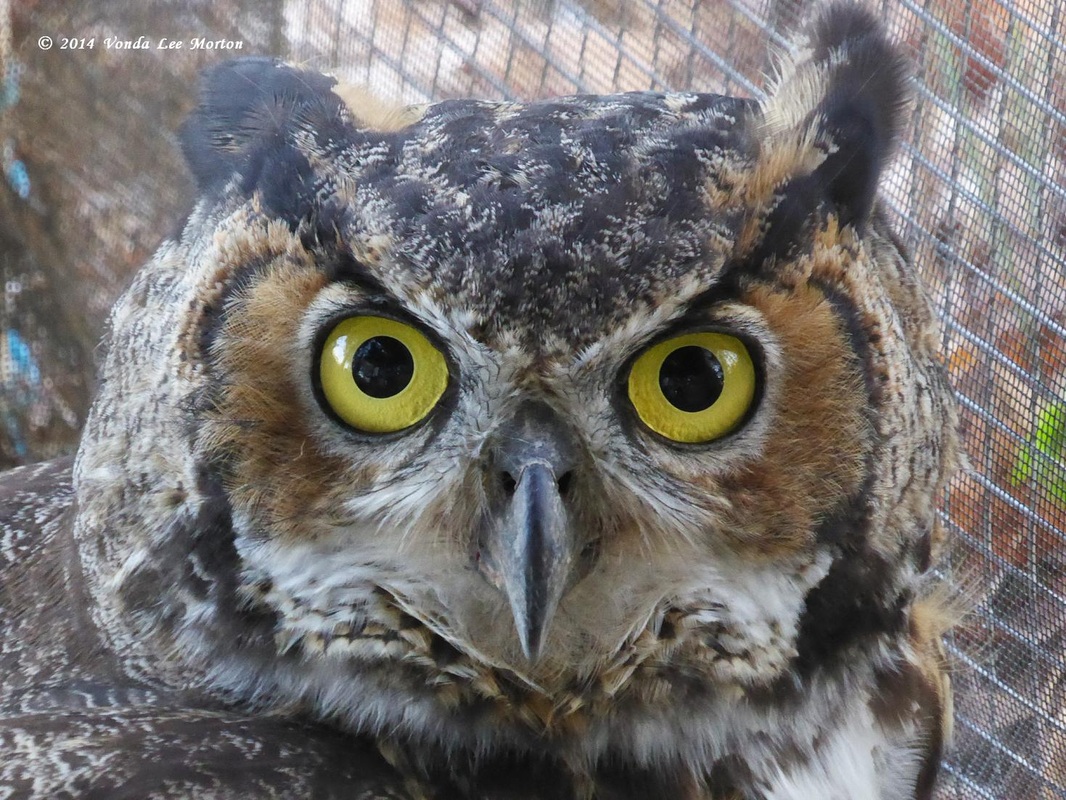
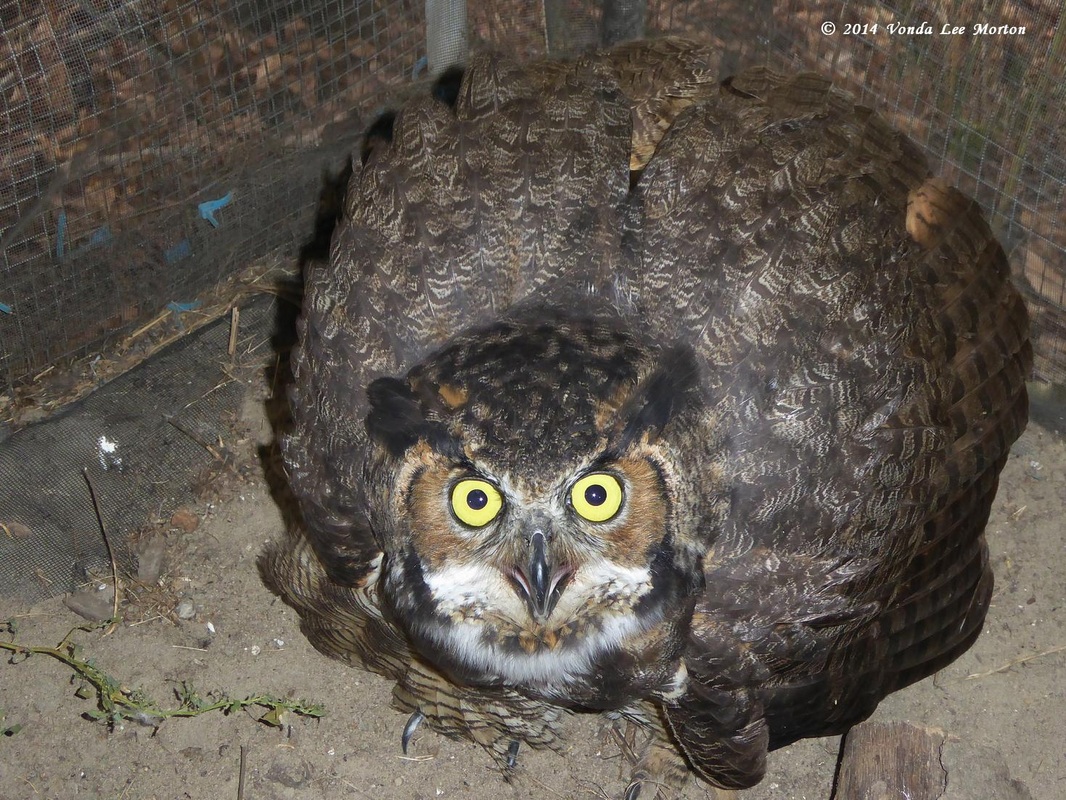
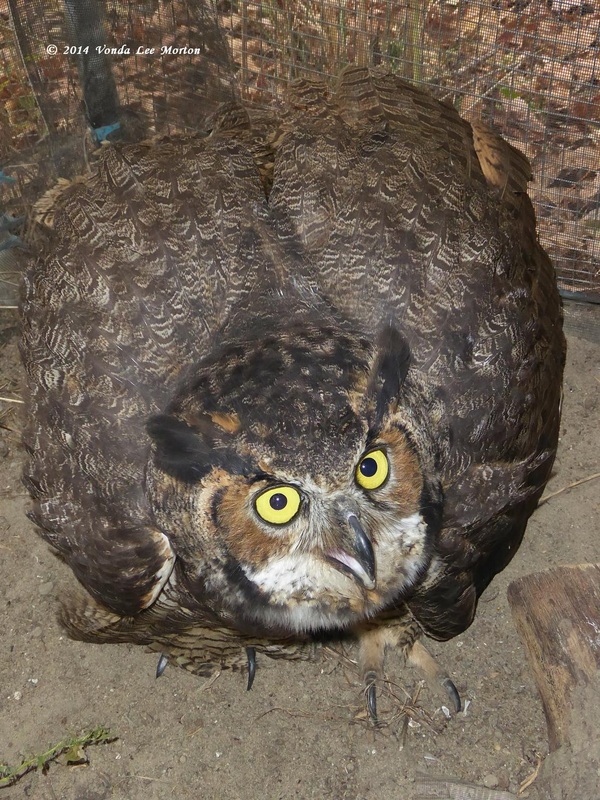
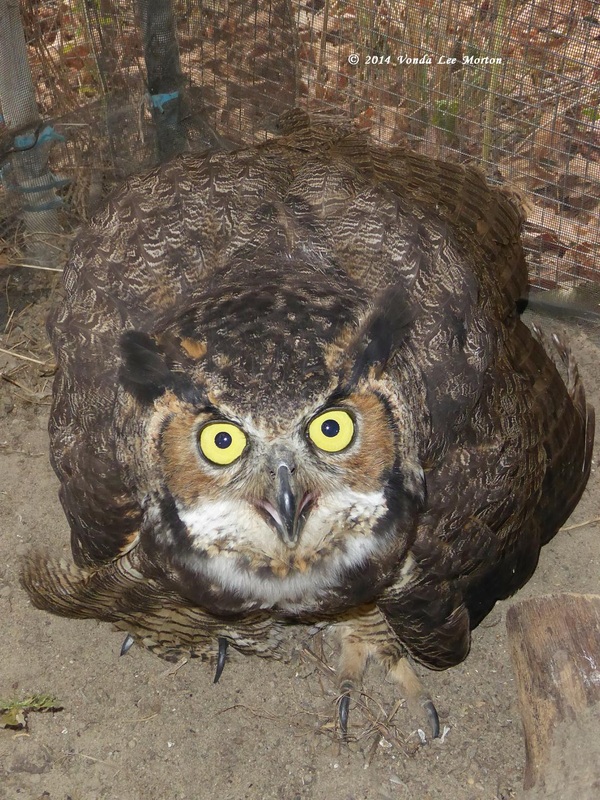
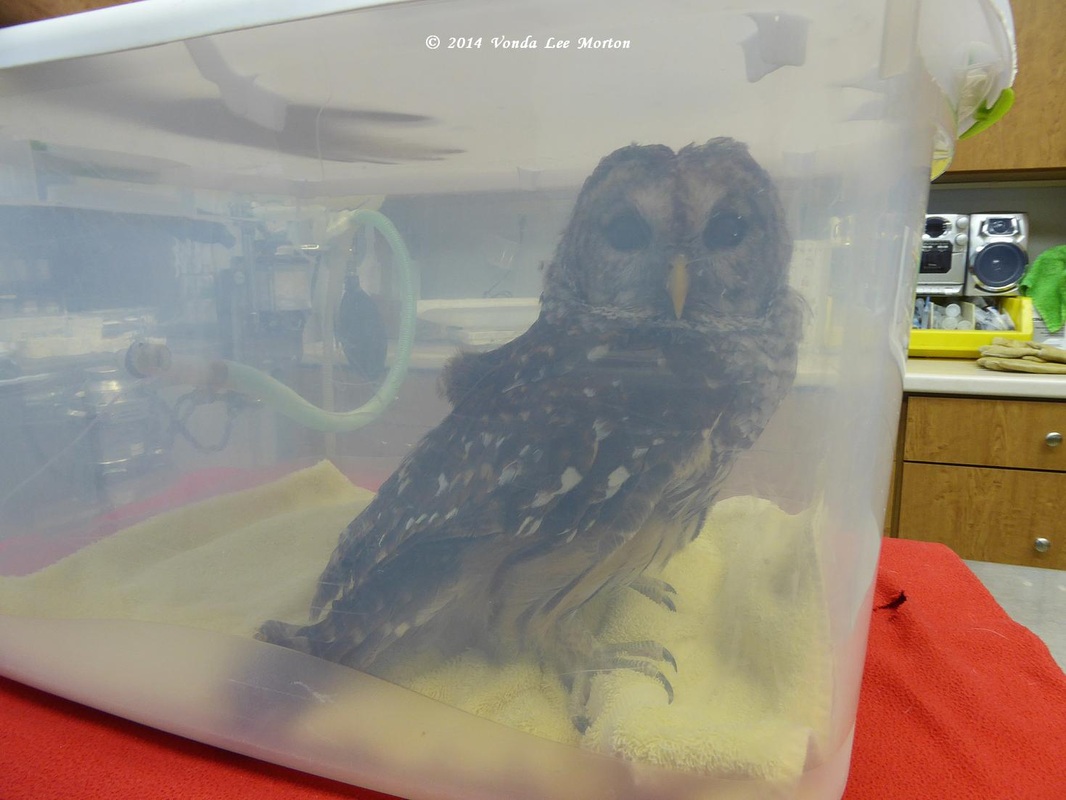
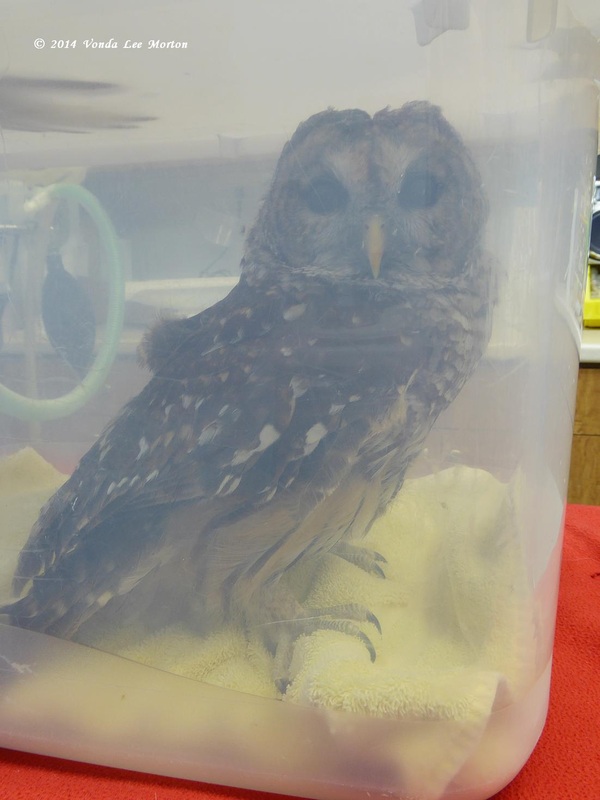
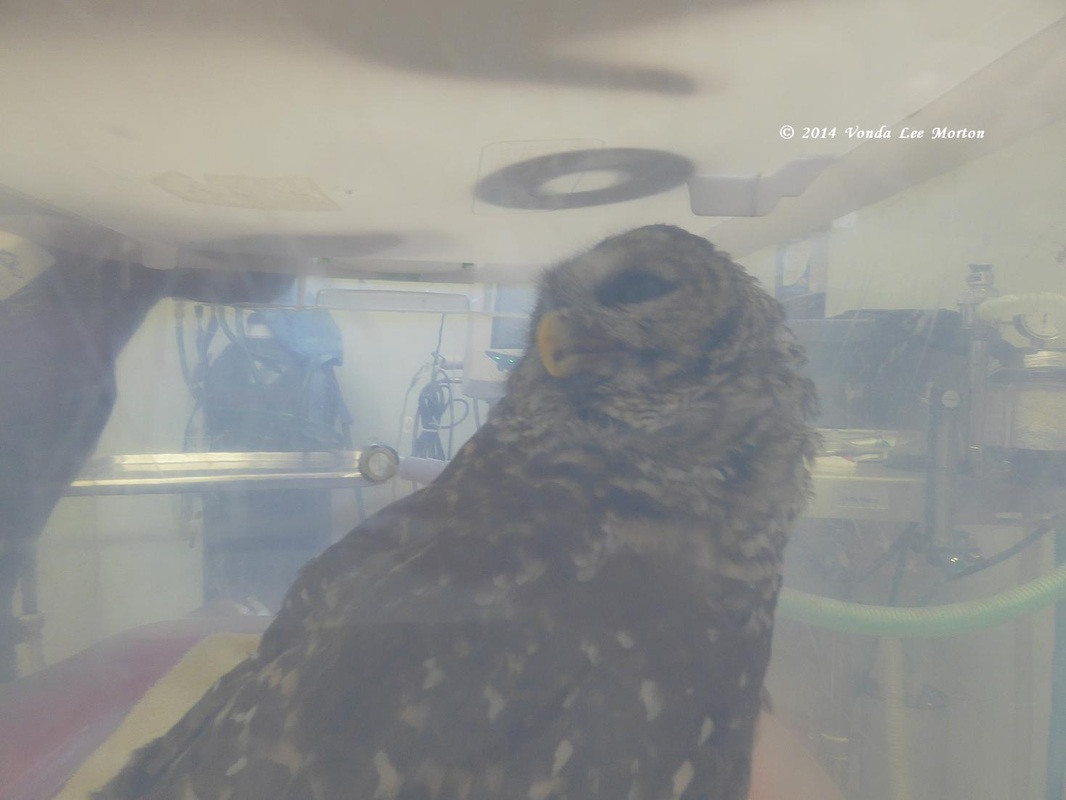
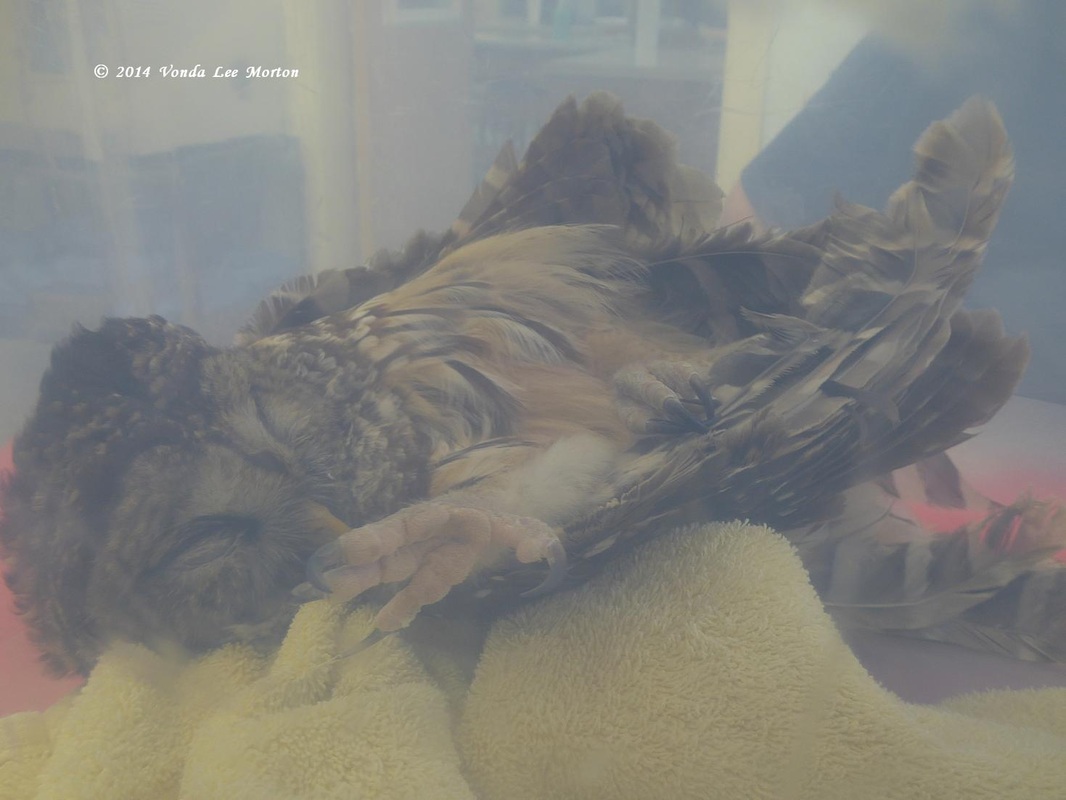
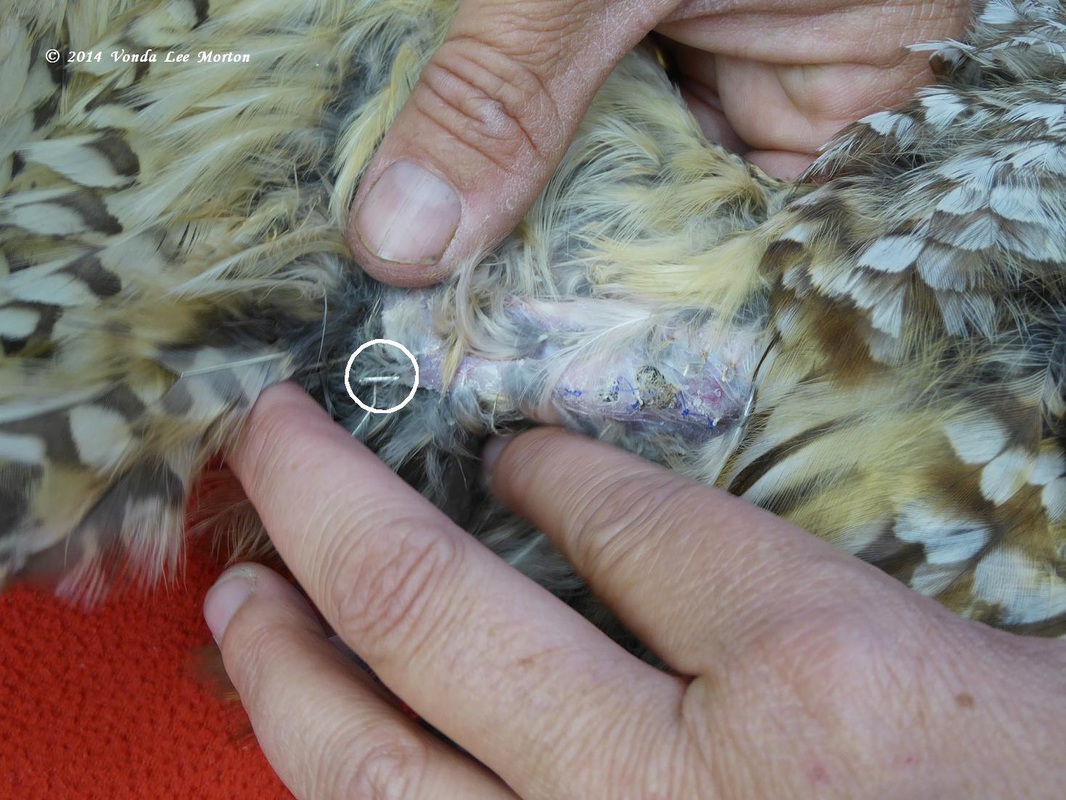
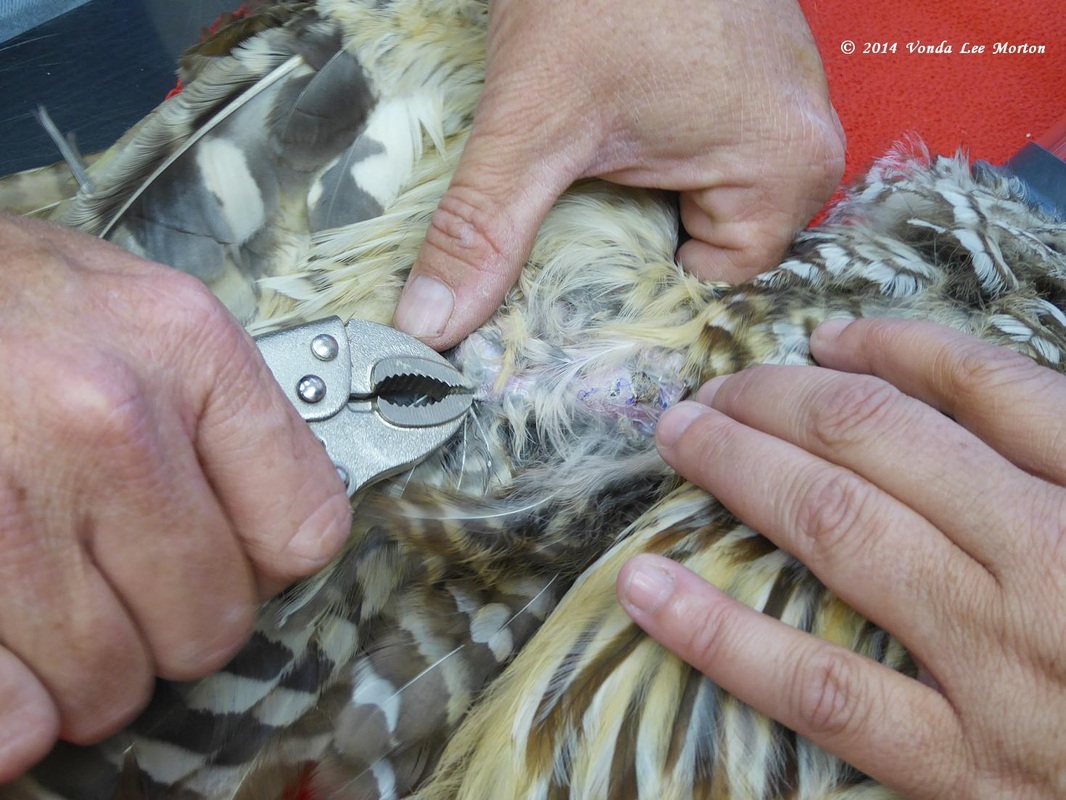
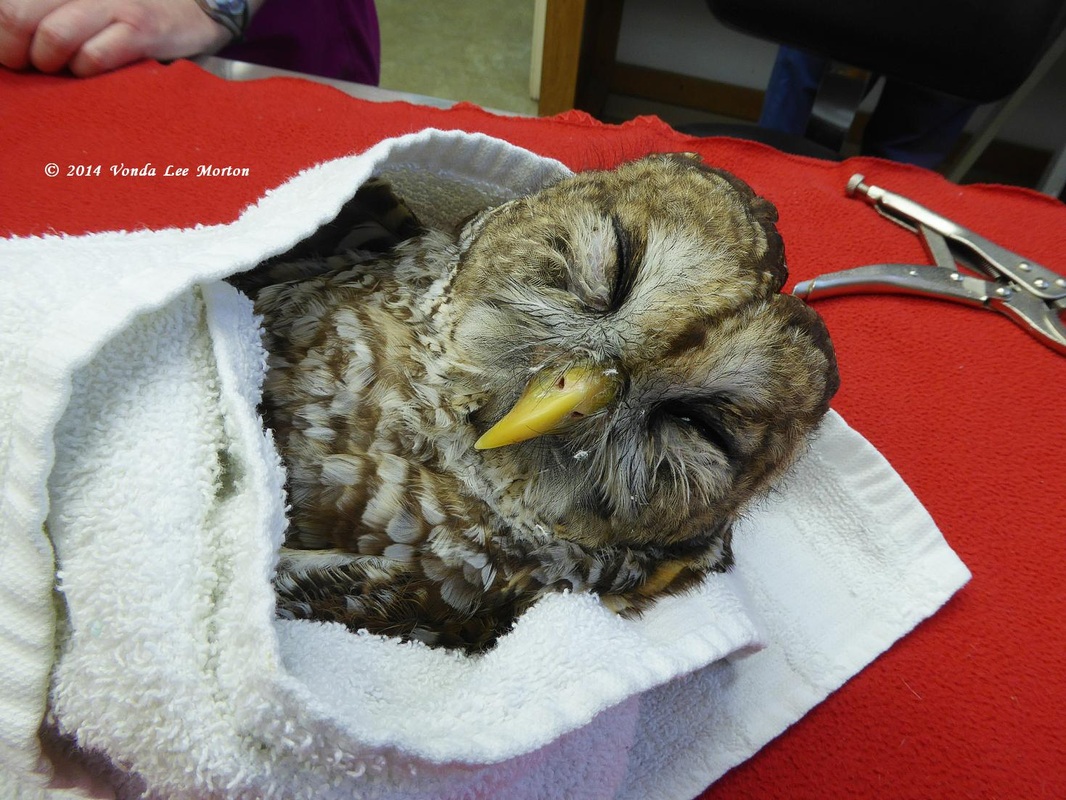
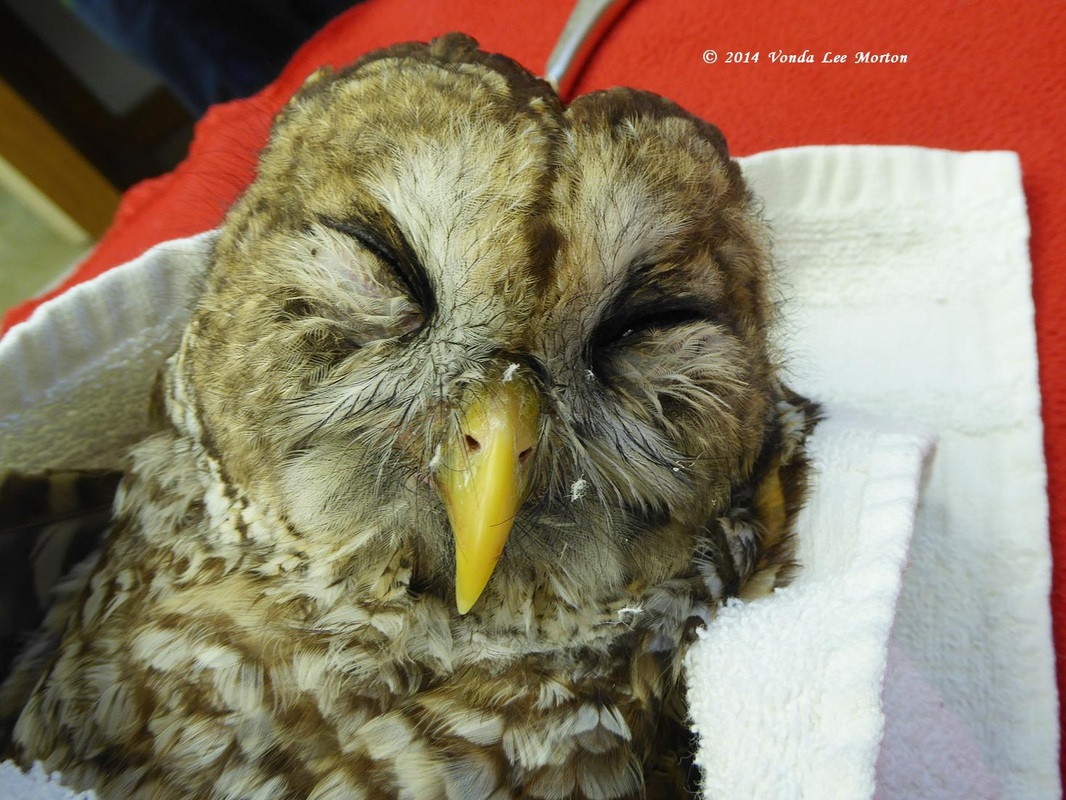
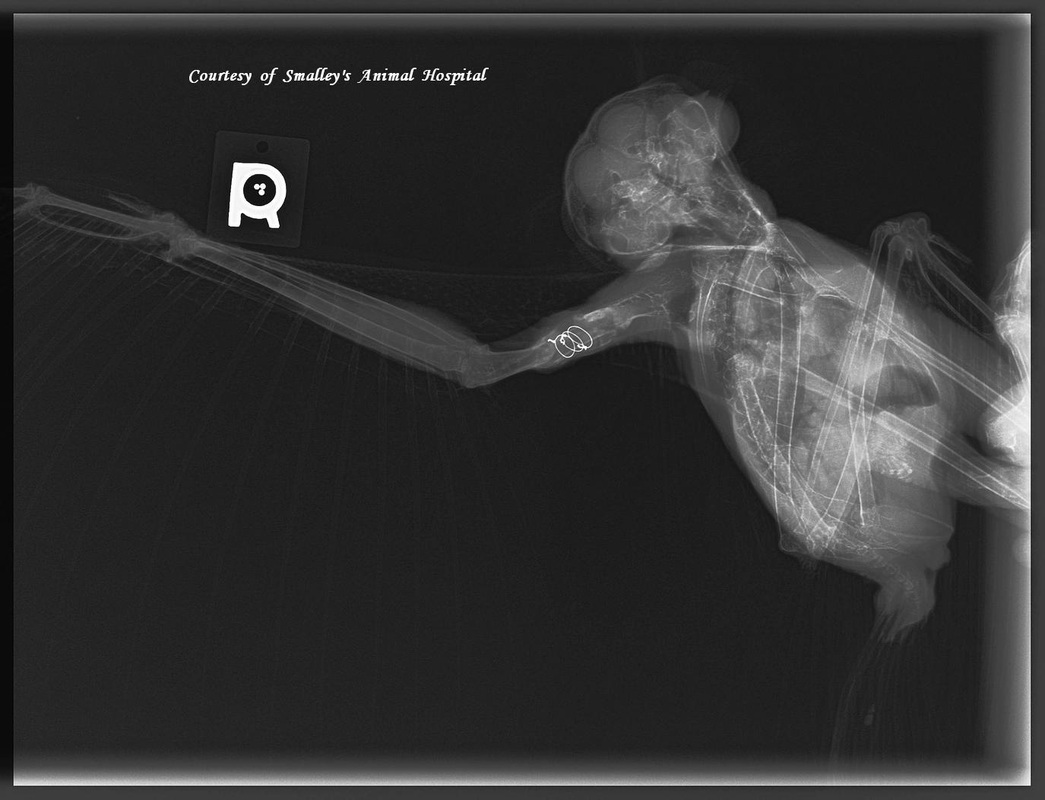
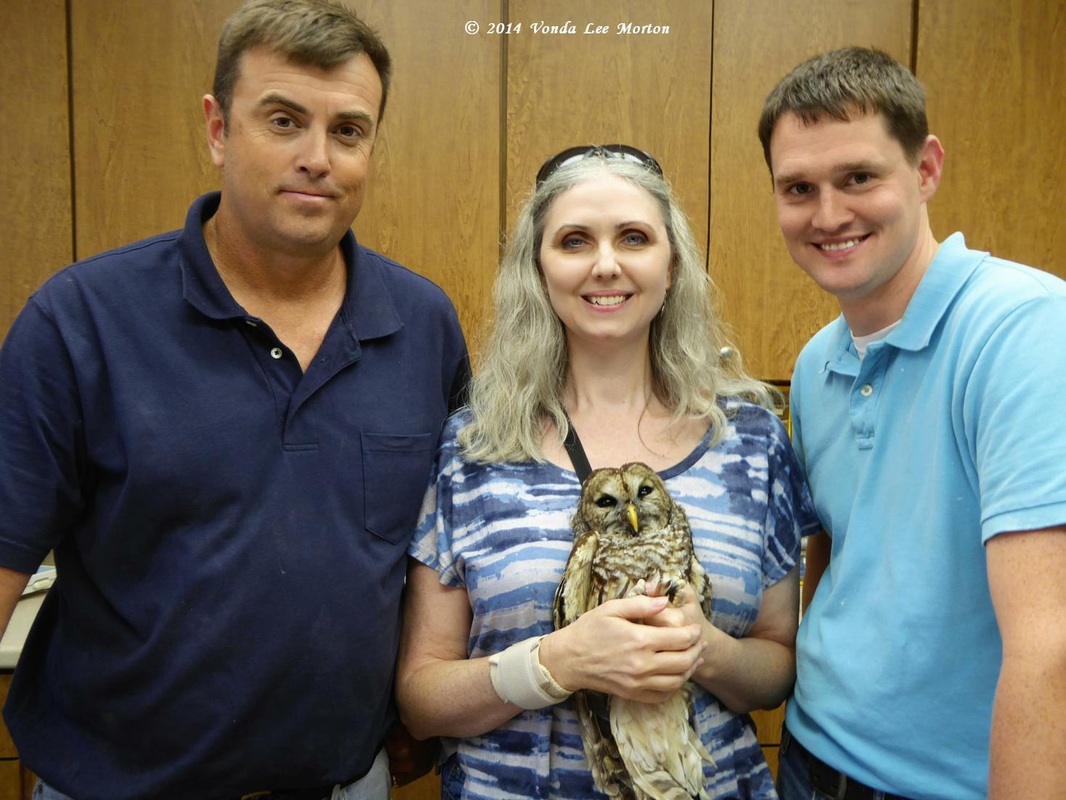
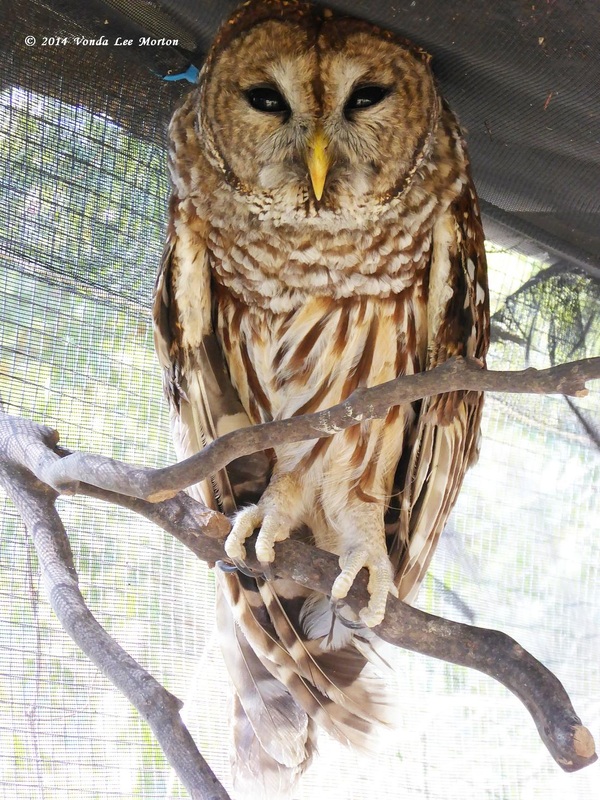
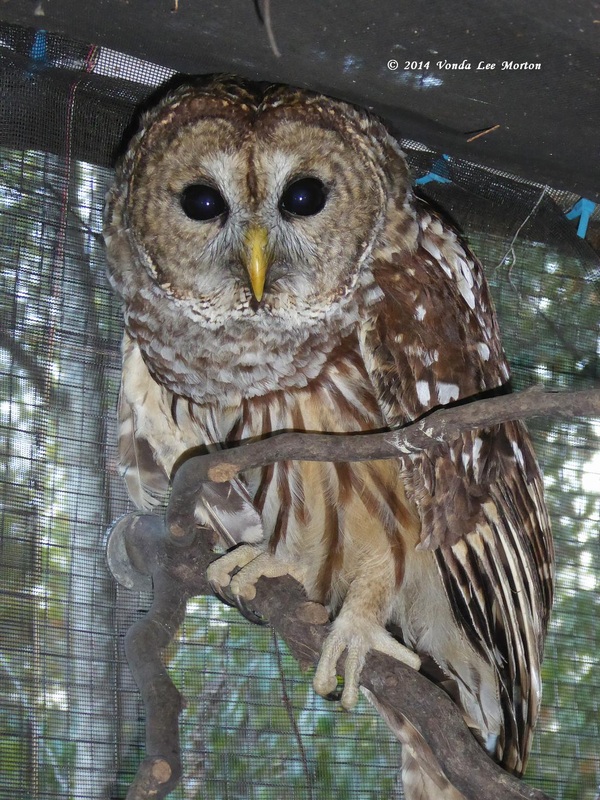
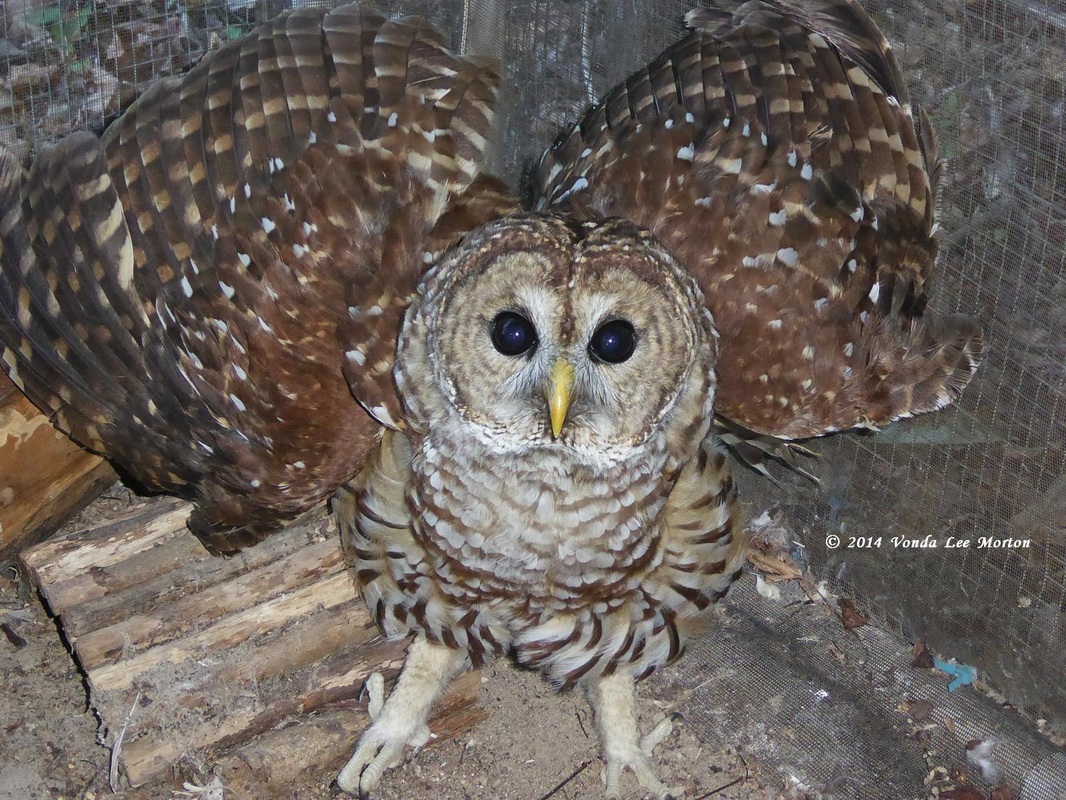
 RSS Feed
RSS Feed
